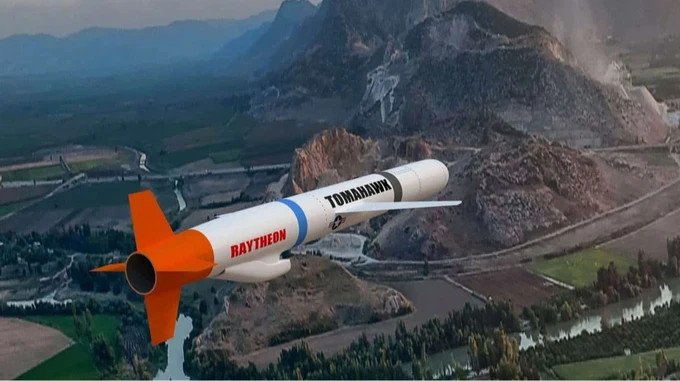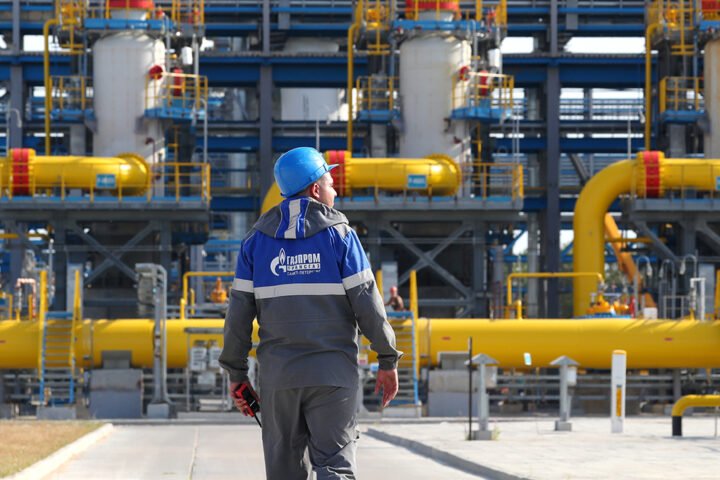Russia’s capacity to wage a high-tech war is faltering as domestic production of drones collapses under mounting pressure from Ukrainian strikes and deepening economic strain. Official data released by Rosstat shows a sharp 7.2% drop in the production of aerial vehicles in June 2025 — a blow attributed to targeted attacks on critical drone infrastructure, signaling a potential shift toward greater reliance on manpower in future combat operations.
The downturn reverses May’s temporary surge of 17.4% and marks a major setback for the Kremlin’s ambitions to modernize its battlefield strategy through unmanned systems. Industry insiders warn that if these trends continue, Russia may be forced to fall back on traditional force structures — namely, mobilization and human deployment — to sustain operations in Ukraine.
Key drone facilities targeted, output stagnates
The steep decline follows a series of precise Ukrainian strikes on Russian military-industrial assets. In June, Ukrainian forces struck the Atlant Aero facility in the Rostov region, which manufactures components for reconnaissance and combat drones including Orion UAVs, electronic warfare systems, and loitering munitions. According to 24 Kanal, this facility plays a central role in Russia’s drone ecosystem.
Earlier in May, a major hit targeted a semiconductor plant in Oryol Oblast producing electronic components for defense needs. The compound loss of these facilities has significantly undermined the production chain. Adding to the disruption, Ukrainian drone attacks in January temporarily shut down Kremniy EL Group, one of Russia’s largest chip producers.
The knock-on effects are visible in the broader industrial index, which registered just 1.4% year-on-year growth in the first half of 2025 — far below expectations. The sector covering “other transport equipment” — under which drones are classified — also fell by 6.8% in June, underscoring the systemic impact.
Starving factories and unpaid workers
The pressure is not limited to military strikes. Economic degradation is now hollowing out the Kremlin’s prized defense sectors from within. The Tomsk-based Scientific Production Center for Unmanned Aerial Systems — once designated as a strategic hub for UAV innovation — has reportedly defaulted on salary payments for over six weeks. Employees have been issued wage reduction notices and offered “standardized rates” that function as veiled dismissals.
The plant was meant to anchor Russia’s drone production alongside centers in Saint Petersburg and Samara, part of an ambitious ₽4.8 billion investment program aimed at securing global leadership in unmanned technologies by 2030. However, as shown in new satellite imagery published by CNN, dormitories for workers are still being built at the drone facility in Alabuga, raising questions about labor shortages and production delays.
Drones fade, conscription returns
The broader context reveals a deteriorating economic landscape where high-tech manufacturing is increasingly unsustainable. With oil and gas revenues under strain and state reserves largely exhausted after more than three years of war, the Kremlin is being forced to scale back its “everything for the front” rhetoric. Budget cuts are now publicly discussed, and military expenditure is no longer insulated.
As Russia’s technological ambitions falter, analysts say the war effort may once again rely heavily on human mobilization. “Machines are failing, but people are still conscriptable,” one regional economist noted. This transition marks a return to a manpower-intensive model of warfare — costly, slower, and ultimately more lethal for the Russian population.
Officials quietly acknowledge that current tax revenues cannot sustain mass production of drones or precision weaponry. In the absence of functioning industrial supply chains, the Russian military risks replacing automation with attrition — where soldiers, not systems, bear the brunt of advancing the front line.
A new threshold in Russia’s war economy
The strategic implications are profound. The Kremlin’s inability to protect its defense infrastructure or maintain drone output signals that even its most vital sectors are vulnerable — not only to Western sanctions and Ukrainian attacks but also to internal economic decay.
In the short term, this could push Russia toward more aggressive mobilization drives, disproportionately affecting lower-income households. Without a reversal in battlefield conditions or industrial stability, Moscow may find itself unable to fight a modern war with modern tools — relying instead on human lives to close the gap.









